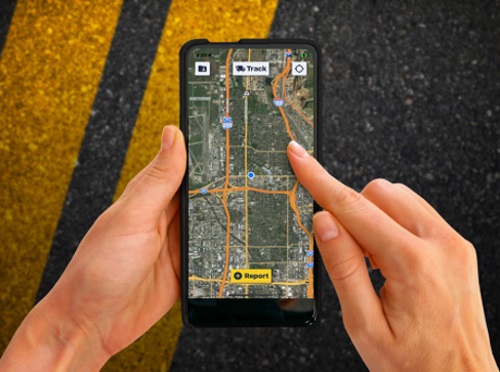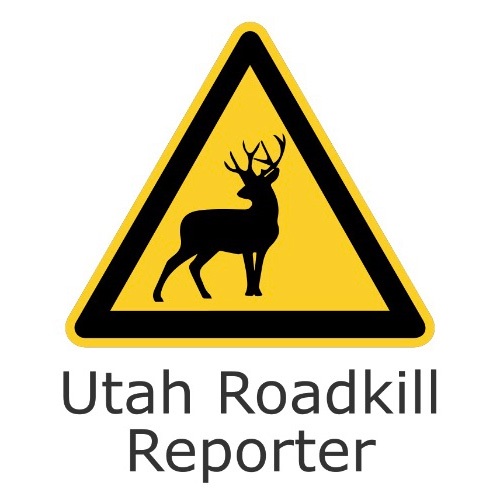FEDERAL ACTION
ETAP Podcast: AASHTO President Roger Millar – AASHTO Journal
The U.S. wants to slash carbon emissions from power plants. Natural gas is in the way – NPR
BIL-Funded Infrastructure Projects – USDOT (media release)
At White House Tribal Nations Summit, Transportation Secretary Buttigieg Announces New Actions to Support Better, Safer Infrastructure in Indian Country – USDOT (media release)
COVID-19
Face masks may return amid holiday ‘tripledemic’ of covid, flu and RSV – Washington Post
NEPA
Use of DOT Funds for Public Involvement – USDOT (media release)
INFRASTRUCTURE RESILIENCE AND SUSTAINABILITY
Virginia DOT Releases State’s First-Ever Resilience Plan – AASHTO Journal
Arizona DOT Reusing Highway Materials to Cut Costs – AASHTO Journal
State transportation officials vow better communication in wake of contentious interstate solar project in Augusta – Kennebec Journal
Virginia is studying whether to open a second inland port – Cardinal News
Study Shows The Majority Of California’s Coastal Airports Vulnerable To Increased Flooding Due To Climate Change – Society for Risk Analysis
AIR QUALITY
US Hydrogen Hubs Formed in Southwest, Southeast – Transport Topics
Scientists thought carbon emissions had peaked. They’ve never been higher. – Washington Post
Airlines Are Finally Admitting Contrails Are an Environmental Problem – Dallas Morning News
Colorado’s updated EV plan boosts incentives but avoids California-style ban on gas vehicles – Colorado Public Radio
Airports Will Increment Solar To Match 12x Electricity Demand By 2100 – CleanTechnica (commentary)
ENVIRONMENTAL JUSTICE
EPA takes environmental justice push to coal country – E&E News
Supreme Court Admissions Case Could Upend Environmental Justice Laws – Stateline
Norman, Oklahoma community members with disabilities seek improved public transit accessibility – OU Daily
Washington DOT calls law enforcement presence at homeless camp ‘disappointing and harmful’ – KXLY-TV
NATURAL RESOURCES
Drivers not following the rules of the road leading to more closures on Snoqualmie Pass, WSDOT says – KING-TV
CULTURAL RESOURCES
Why activists are targeting famous art to protest climate change – PBS
Roadways for People: The Necessity of Collaboration – Planetizen (commentary)
HEALTH AND HUMAN ENVIRONMENT/ACTIVE TRANSPORTATION
Bozeman planning for ‘bicycle boulevards’ – Bozeman Daily Chronicle
DC officials planning a study to authorize non-vehicular transportation – GW Hatchet
How to Fix the Most Dangerous Streets in America – CityLab
Vision Zero and the struggle to bring down traffic fatalities in Texas – Texas Standard
North Carolina Alliance for Safe Transportation Launched with Focus on Teen Drivers – Up & Coming Weekly
‘The Street Project’ Chronicles The Fight To Make Roads Safer For Bikers And Pedestrians – Seven Days
Oklahoma is first state to offer transportation specific to mental health crisis – KTUL-TV
California Transportation Commission Awards $1 Billion to Disadvantaged Communities to Encourage More Walking and Biking – California Transportation Commission (media release, PDF)
TRB RESOURCES/ANNOUNCEMENTS
Stormwater Research Offers Economic and Green Benefits – TRB
Micromobility Policies, Permits, and Practices – TRB
FEDERAL REGISTER NOTICES
Local Government Advisory Committee (LGAC) Meeting – EPA (Notification of public meeting)
Safety Advisory 22–4 Suicide Prevention Signage on Public Transit – FTA (Notice of Safety Advisory)




